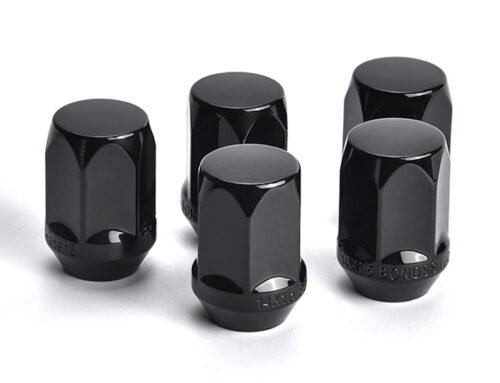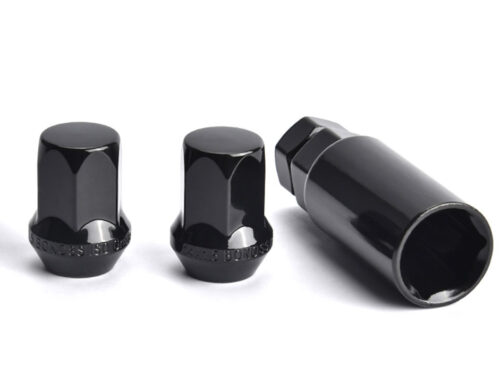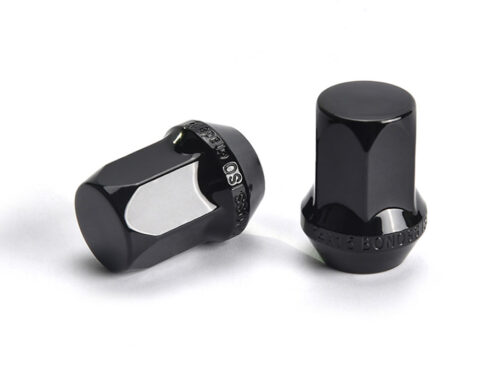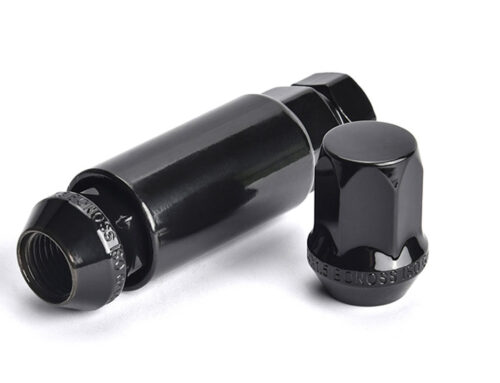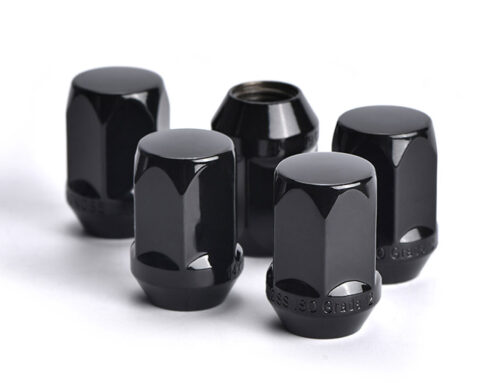For most car enthusiasts, wheel spacers are the easiest way to get perfect fitment from their wheels and tires. The factory wheel setup tends to be pushed slightly inwards which makes your car look like a quite big space between the wheel and arch. This, actually, doesn’t create a sportier and more flush appearance. Besides, if you add bigger tires, you may meet rubbing issues. The purpose of wheel spacers is to create extra space between the wheel and the hub assembly. By pushing the wheels and tires slightly outward, they allow you to safely fit wider tires on your existing wheels or upgrade to bigger brake calipers without rubbing against the frame, axle, or other suspension components. This is highly beneficial for performance cars because larger racing wheels and performance brakes can be installed without problems. In other words, upgrading with wheel spacers directly impacts and improves performance, traction, and racing capabilities.
How to Keep Wheel Spacers Safe?
Wheel spacers are safe to use on your vehicle, only if they are high-quality wheel spacers purchased from reputable stores. This also entails installing them properly. They should be specifically made for your vehicle and of appropriate sizes (too thin, you will still have clearance issues; too thick, the tires may hit the fenders). Hub-centric wheel spacers allow the wheel to support the vehicle’s weight and fill the remaining space for a more tightly fit, reducing vibration, so they are considered safer. These two factors ensure the spacers fit securely between the wheel and wheel hub. At the final installation step, a torque wrench should be used to torque the lug nuts/bolts to appropriate tension.
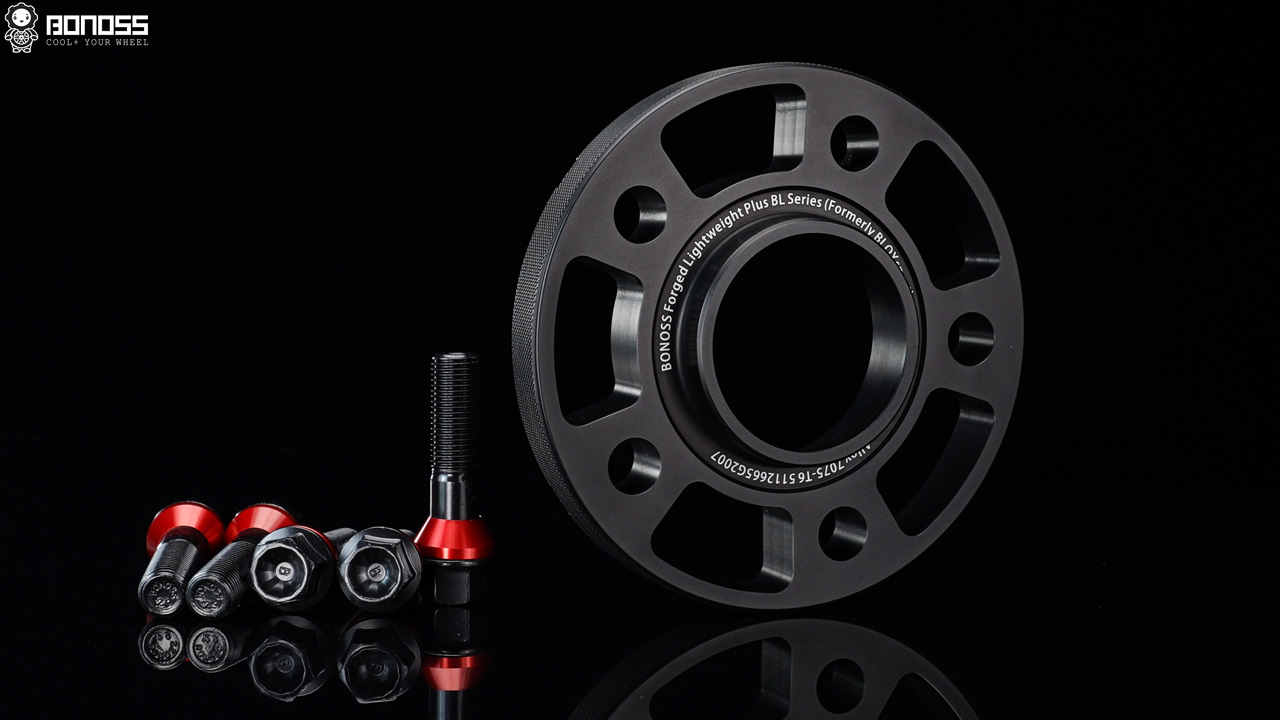
What Would Cause Wheel Spacers Failure?
Most of the reasons that cause a wheel spacer to fail are the quality of the spacer itself. Before shopping for spacers, check carefully if they are forged billet aluminum, cast aluminum, steel, or titanium. Specifically, the forged aluminum spacers are significantly stronger and safer than cast aluminum. When facing fierce impacts, cast aluminum spacers would most likely lead to failure. Stay away from those cheap casting wheel spacers. If you are going to install slip-on type wheel spacers, you will need longer wheel bolts for the full thread engagement. As a rule of thumb, if you intend to install wheel spacers thicker than 1 inch, bolt-on type wheel spacers will be more suitable than slip-on type spacers.
If properly installed, then there should be no wheel spacers failure issues. Two common problems may lead to failure, but people are easy to overlook. They are the loosen lug nuts and the bending wheel studs. Untightened or overtightened lug nuts will cause most lugs failures, hence they become loose and ultimately leading to the entire wheel coming off. The wheel studs use a clamping force to secure the spacers and wheels. If the studs are not strong enough to support this force, they will likely be bent by road impacts. Use wheel spacers with high-strength wheel studs (grade 12.9) and lug nuts (grade 10). Higher-strength wheel lugs provide stronger load-bearing capacity and less chance of wheel spacers failure.

